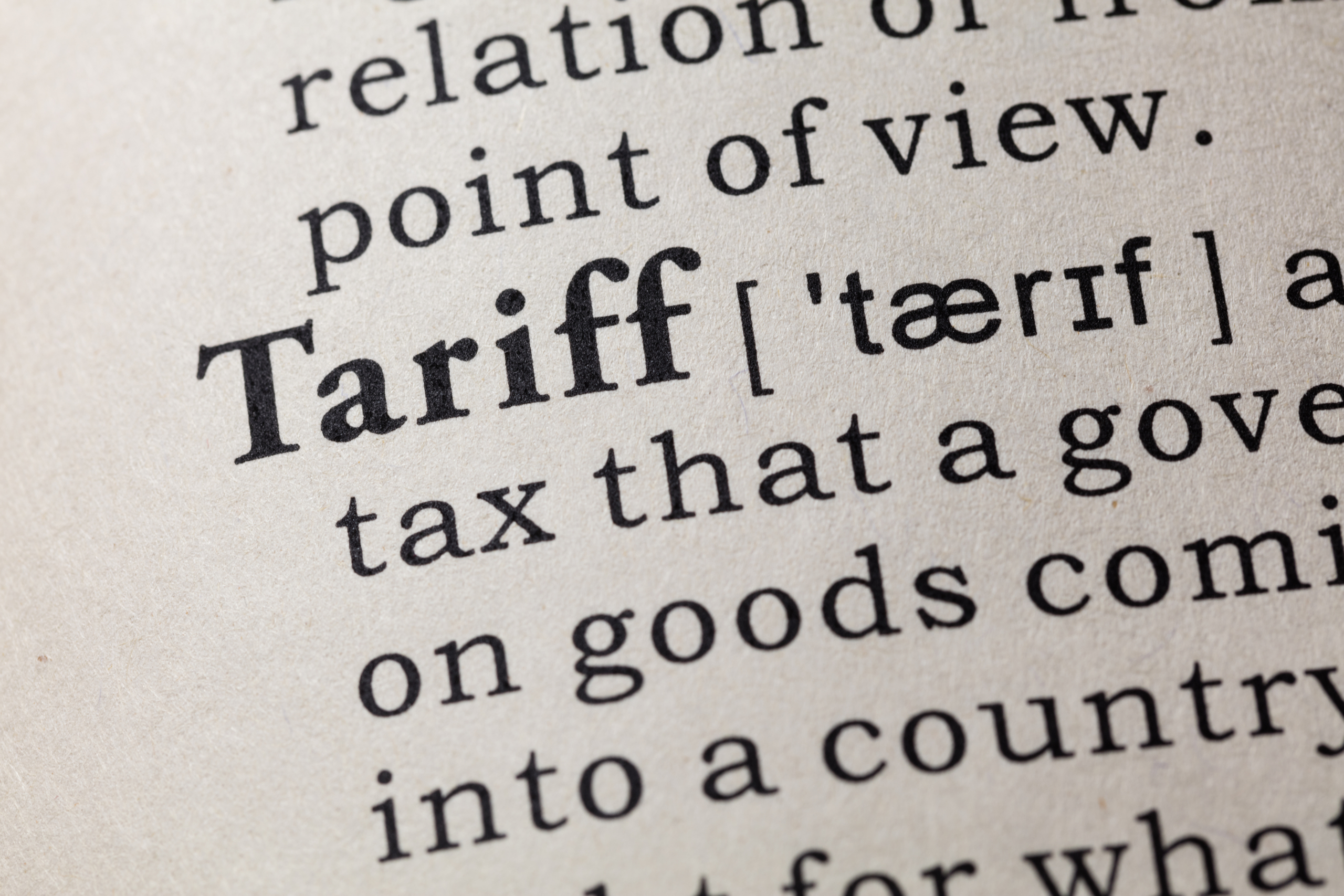The Price of Protectionism
Less than a month into President Trump’s four-year term, there’s already been a flurry of tariff announcements.
Timeline
The first pronouncement was a 25% tariff on imports from Mexico and Canada, which was almost immediately delayed after negotiations between Trump and the leaders of those nations. Shortly after, a 10% tariff on Chinese imports was announced. Next steel and aluminum tariffs were increased to 25% regardless of their country of origin. Then, after weeks of anticipation, long-expected reciprocal tariffs were finally announced, which would raise U.S. tariffs to match those other countries impose on U.S. exports.
These new tariffs would be tailored to each country, meant to account for not just their own tariffs on U.S. goods but also nontariff barriers, such as value-added taxes (VAT) and unfair subsidies. In addition, President Trump announced that at a later date, he will impose additional import taxes on cars, semiconductors, and pharmaceuticals “over and above” the reciprocal tariffs. Trump has tasked his nominees for U.S. commerce secretary and trade representative to propose new levies on a country-by-country basis. The administration believes the proposal will be complete by April 1, and it could enact tariffs soon after. Given the timeline, Trump may seek to negotiate a deal before the tariffs go into effect, similar to what occurred with Canada and Mexico.
Economic Impact
It’s too early to measure the impact of tariffs on the U.S. economy, but widespread and sustained tariffs would almost certainly slow economic growth and raise inflation. However, because other countries’ economies are more dependent on international trade than the U.S., tariffs can serve as an effective source of leverage in foreign negotiations. President Trump appears to be using tariffs to extract concessions from other countries rather than as a permanent policy tool.
Nevertheless, we don’t believe a trade dispute alone would be sufficient to push the economy into a recession. The U.S. economy is doing well, growing 2.8% in 2024 and ending the fourth quarter on solid footing, with consumer spending expanding at the fastest pace in almost two years.
If the 2018-2019 trade war with China is any indication, U.S. consumers will face higher prices as a result of tariffs.[1] However, tariffs would likely have a temporary impact on inflation via a one-time bump in prices. Even broad-based tariffs would have a limited impact, as imported goods make up only a fraction of consumers’ wallet share.
Market Impact
A strong economy and sanguine outlook on tariffs do not preclude a negative market reaction. U.S. equities are priced to perfection and derive 41% of their revenue from overseas markets.[2] Tariffs, along with associated countermeasures and currency impacts, could dampen earnings growth as well as risk appetite. It’s worth noting that Trump has communicated that tariffs will apply to “everybody across the board,” as he does not plan to issue exemptions or waivers. In Trump’s first term, companies like Apple had received exemptions on tariffs that were imposed on China.
All the rhetoric about tariffs has led to a spike in companies mentioning “tariffs” on earnings calls, but it has yet to impact equity prices materially.[3] However, this situation could change. During the last trade war that Trump initiated in 2018, the U.S. stock market fell approximately 1% each day that the U.S. or China announced new tariffs.[4] Tariffs are a risk to U.S. equities because of higher production costs (which squeeze profit margins and/or curtail demand), retaliation from other countries (which reduces competitiveness internationally), and delayed business investment decisions due to elevated uncertainty.
Conclusion
While the recent wave of tariff announcements has stirred conversations about potential economic impacts, we expect the U.S. economy to avoid major challenges. Tariffs likely would increase costs for businesses and consumers, dent corporate earnings, and introduce market volatility, but their long-term influence will largely depend on the duration, scope, and global response to these measures. As we navigate this evolving landscape, we will be monitoring economic data, policy developments, and market fluctuations to adjust your investment strategy as needed.
If you would like to learn more about our investment philosophy or offerings or have specific questions about your portfolio, please contact your Blue Trust financial advisor.
For more insights and real-time reflections, follow Brian McClard, Chief Investment Officer, on X (formerly Twitter).
[1] www.nber.org/system/files/working_papers/w29315/w29315.pdf
[2] Source: FactSet, for S&P 500 companies
[3] https://insight.factset.com/highest-number-of-sp-500-companies-citing-tariffs-on-earnings-calls-since-q2-2019
[4]https://libertystreeteconomics.newyorkfed.org/2024/12/using-stock-returns-to-assess-the-aggregate-effect-of-the-u-s-china-trade-war/
CAS00001226-02-25
